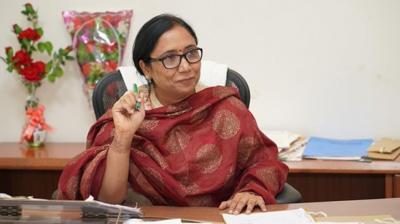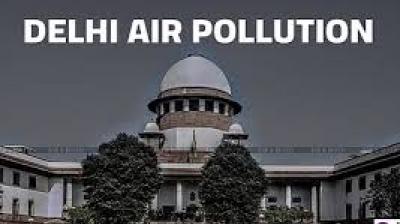
Without these, every court order will remain a temporary relief, not a long-term solution.
“Courts have no magic wand; scientists must find the solution”: Supreme Court speaks on Delhi-NCR air pollution.
For the ongoing pollution crisis in Delhi and the surrounding NCR, the Supreme Court of India (SC) has delivered a message to politicians, activists and citizens. In a recent hearing, the Chief Justice and other top judges cautioned that the judiciary does not have a “magic wand” to clear the toxic pollution. Science, sustained policy, and honest, long-term planning with active action with regular monitoring are needed to make real change.
The court’s tone was firm yet grounded in reality. Courts can help enforce regulations or issue interim orders, but the root causes of pollution, from stubble burning in neighbouring states, vehicular emissions, dust from construction, and industrial pollutants, cannot be wiped out by judgements alone. Collective action by scientists, environmental experts, urban planners and policy-makers can make the way for breathable air.
This recognition emphasises a recurring issue: every winter, as AQI (Air Quality Index) reaches a severe category, there are short-term bans on vehicles, construction, spectacles on odd–even traffic, and appeals, yet the smog still returns. The court’s observation is not just judicial honesty; it’s a call for honesty in governance.
What the situation demands now is more thoughtful, science-led intervention. Real-time monitoring of pollution sources; strict enforcement of emission standards; better coordination between states; promotion of cleaner fuels; regulation of dust and industrial emissions; and perhaps most importantly, public awareness and participation. Without these, every court order will remain a temporary relief, not a long-term solution.
For citizens, this ruling should be a wake-up call. It shifts responsibility from the courtroom to communities, to governments and experts. Clean air isn’t a verdict to be handed down — it’s a choice, a commitment for the long haul.
This story matters not just as law-and-order or environment news but as a powerful intersection of civic rights, public health, governance, and scientific accountability. Through human-centred coverage, we can push the narrative beyond blame and into solutions — because for millions of Delhi-NCR residents, air isn’t just about visibility; it’s about survival.













